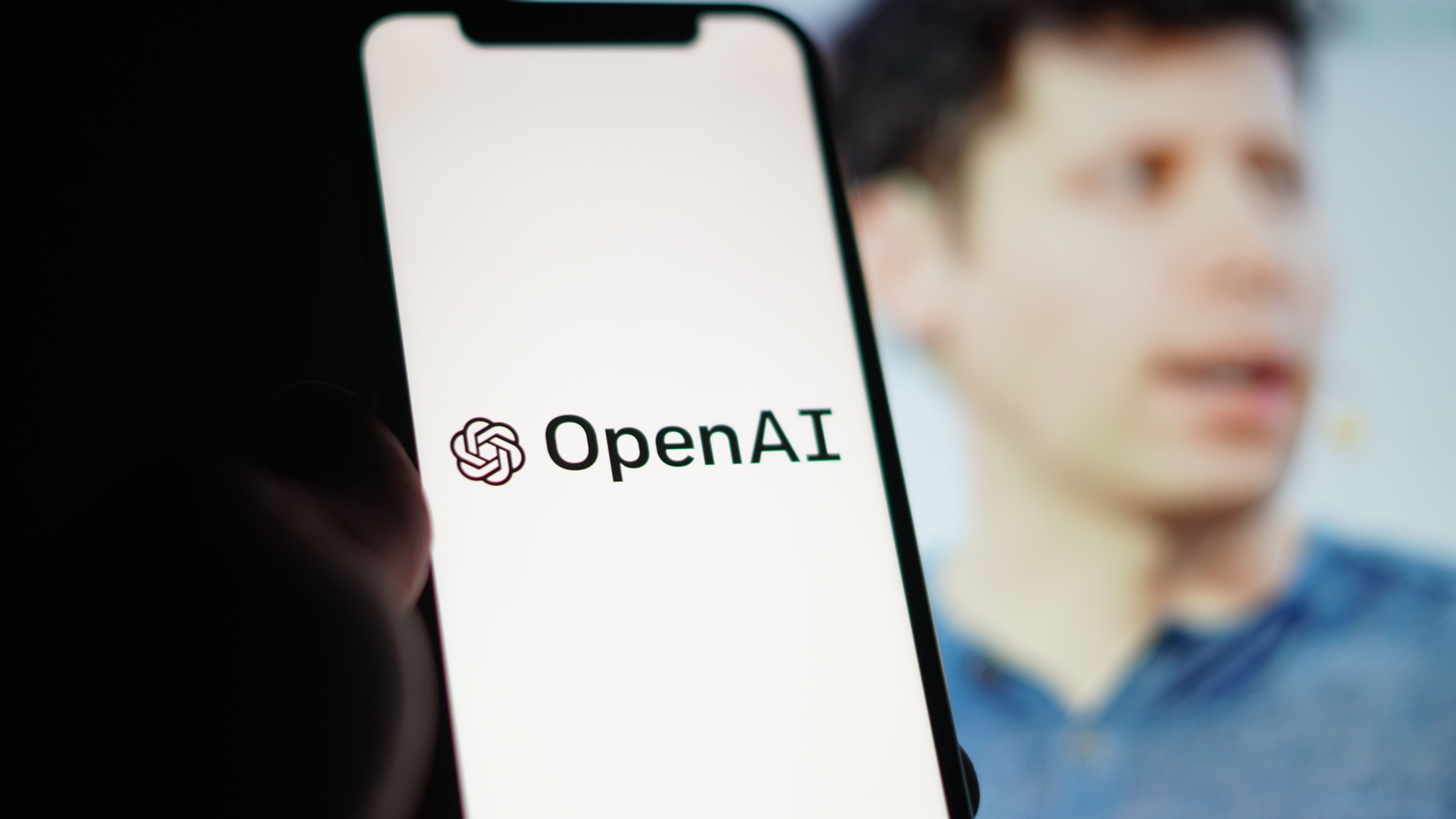
On Day 2 of “12 Days of OpenAI,” we were gifted the launch of reinforcement fine-tuning and the chance to see a live demo of ChatGPT Pro. Although Sam Altman was not present, his team walked us through a fascinating preview of what could be a significant advancement in model customization.
For those unable to join the live briefing or who want to take a deeper dive into what reinforcement fine-tuning means, here’s a quick rundown. Reinforcement Fine-Tuning (RFT) is a groundbreaking approach that could empower developers and machine learning engineers to create AI models tailored for complex, domain-specific tasks. In other words, there is unlimited potential for breakthroughs in science, medical, financial, and legal discoveries.
Unlike traditional supervised fine-tuning, which focuses on training models to replicate desired outputs, RFT optimizes a model’s reasoning capabilities through lessons and rewards. This advancement represents a significant leap in AI customization, enabling models to excel in specialized fields.
For the rest of us non-scientists, this news means scientific advancements in medicine and other industries may be closer than we think, with AI assisting in ways beyond human comprehension. At least, that's OpenAI's goal.
How RFT works
For the first time, reinforcement learning techniques previously reserved for OpenAI’s cutting-edge models like GPT-4o and the o1-series are available to external developers. This democratization of advanced AI training methods paves the way for highly specialized AI solutions.
Developers and organizations can now create expert-level models without requiring extensive reinforcement learning expertise. RFT’s focus on reasoning and problem-solving could prove particularly relevant in fields demanding precision and expertise.
Applications range from advancing scientific discoveries to streamlining complex legal workflows that could mark a paradigm shift in applying AI to real-world challenges.
12 Days of OpenAI is far from over
One of RFT’s standout features is its developer-friendly interface. Users only need to supply a dataset and grader, while OpenAI handles the reinforcement learning and training processes. This simplicity lowers the barrier to entry, allowing a broader range of developers and organizations to harness RFT’s power.
Yesterday’s o1 preview and today’s look at reinforcement fine-tuning have been fascinating. We’ve only just begun the countdown, and there’s still so much more to come from Altman and his team.
The event pauses over the weekend, but join us next week for even more exciting news. Will we get more from OpenAI’s Canvas? Will there be a projects-type upgrade that allows groups to use ChatGPT together? Stay tuned!







